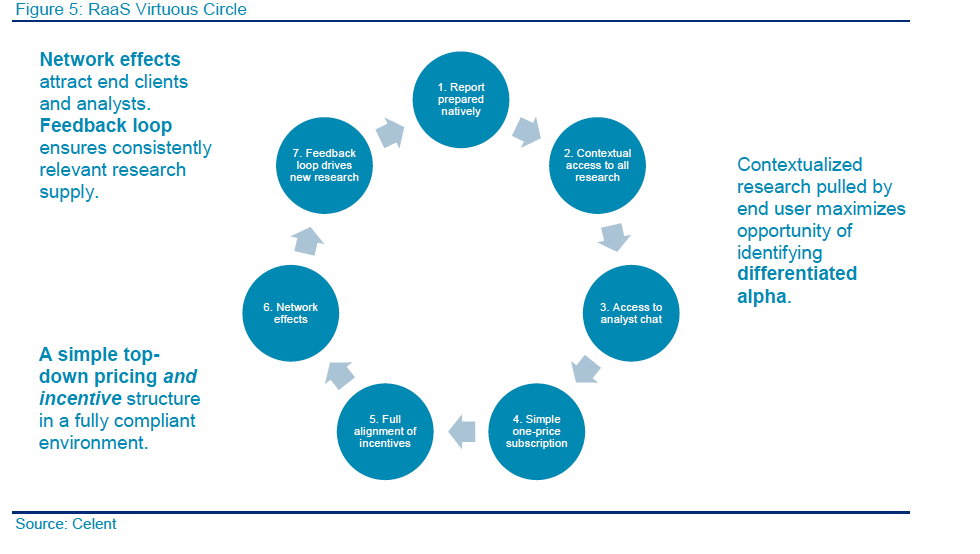
The way we work and interact with each other is arguably the most profound revolutionary change any of us will experience in our lifetimes. It promises to reshape cities, transportation systems, communications, entertainment and workplaces. The seed of this revolution was planted more than 25 years ago now, perhaps when the public first started to “get connected”.
We would suggest that the real impetus for the most profound change of all, the change occurring all around us right now, is much more recent, requiring the birth of high speed wireless data transfer (4G and beyond) to really kick it in.
Suddenly, access to, and the creation of, sophisticated online shared software and services, available “anytime & anywhere” became possible.
It was against this backdrop that we started to imagine Smartkarma as research analysts and their clients would be natural users of such technology. We knew from experience that they are constantly on the road, searching out and investigating the most compelling investment ideas, meeting companies and kicking tyres. Analysts surely needed to be able to work flexibly and their clients surely need seamless “anywhere” access to their most compelling ideas?
At its core, that is exactly what Smartkarma does. Our cloud based platform provides analysts all the tools they need to research, collaborate, communicate and publish their work. It provides our subscribers a way to discover, read and interact with this work and with the analysts, providing them instant and seamless access to the most relevant insight, as, when and where needed.
Dr. Paul Kitney, the former head of Strategy for Blackrock, and now publisher of the esteemed “Animal Spirits” report on Smartkarma, has surprised us all by taking Smartkarma to new heights…literally!
He just published his latest work “Animal Spirits Report: Dodd-Frank, Corporate Bond Market Liquidity & Macro-Financial Stabilization” from Mount Everest base camp as he prepares for his ascent of the famous peak in the coming weeks.
This lead to a real moment of reflection for all of us at Smartkarma. The realisation that we have developed a whole new career path for top analysts: an easy and efficient way to build an independent research business; the flexibility to do so in a way that fits around our personal dreams and aspirations, whether mundane or truly remarkable, like the ascent of the world’s highest mountain, Everest. Amongst the constant schadenfreude laden news of shrinking research budgets and big bank layoffs this is a glimpse of the future. The dawn of a new and better industry designed from the ground up for tomorrow.
We at Smartkarma are excited to play a small part in Paul’s journey to Mount Everest. Almost 65 years after the first successful ascent of Mount Everest by Edmund Hillary and Tenzing Norway, it’s hard to imagine that our modern age now allows for wifi connectivity in the remote Himalayan mountains. Smartkarma is proud to provide a platform that supports flexible working and the achievement of lifelong dreams.
Onwards and Upwards!

